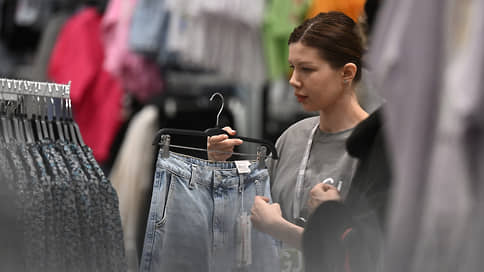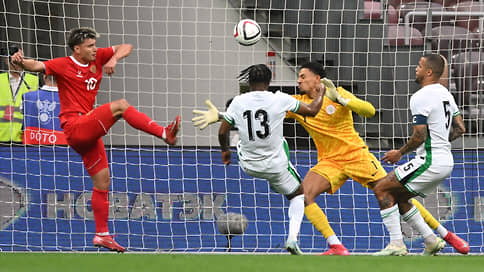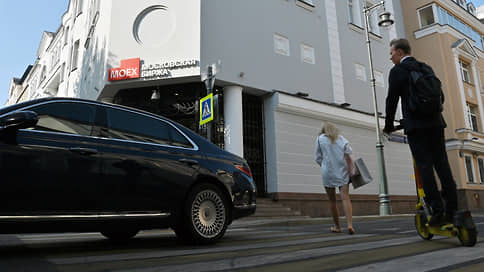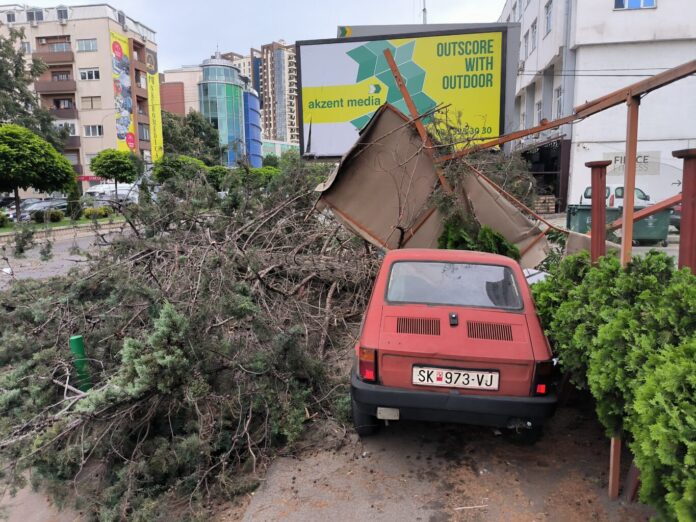How the weather affects the sales of clothing and attendance of the shopping center

The attendance of shopping centers in Russia in January-February 2025 decreased by 3% year by the year due to poor indicators of fashion-valleys that occupy more than a third of the area in them. To postpone visits to the stores of clothing and shoes of buyers was forced by an abnormally warm winter. Now retailers are forced to more actively sell seasonal residues, including through online channels.
The Mall Index (reflects the number of visitors by 1 thousand square meters) in the Russian -February Torgenters in January -February decreased by 3% year by the year, counted in Focus Technologies. The negative trend is also fixed in the Union of shopping centers (STC), indicating that the attendance of objects in January decreased by 4.2% year by the year, in February – by 6.3%. Evgeny Khakberdiev, regional director of the NF Group trade real estate department, says that at the week of February 24-March 2, the attendance of Moscow Torgents sank by 1% year by the year, St. Petersburg-2%.
The drop in attendance is associated with the poor results of fashion-rhythilers, which, according to Focus Technologies, 35–40% of the areas in traders.
The traffic of clothing and shoes stores in January -February decreased in Russia by 8% by the year, says Mikhail Vasiliev, head of research and consulting Focus Technologies. In the southern regions of Russia, the fall reached 10-15%. The expert connects this with abnormal weather.
January in the European part of Russia this year has become the warmest since 1891, it was previously celebrated at the Russian Hydrometeorological Center. Mr. Vasiliev explains that, preparing for the season, retailers relied on winter collections. But due to high temperatures, consumers, he said, postponed such purchases. “People simply did not buy winter things in the usual volumes,” says Konstantin Anisimov, marketing director of Fashion House Group.
7.6 million square meters
It was the total area of all Moscow shopping centers at the end of 2024, according to NF Group.
Winter collections, according to Mr. Anisimov, form a significant part of the revenue and overshooting in warehouses has become a problem for business. Trying to level the consequences, retailers are sales of the winter assortment, he says. “Another option is to transport goods to the regions where the winter has not yet ended or where the climate is just colder,” the expert argues. He calls sales through marketplaces the third script.
For online growths, the consequences of warm winter are less noticeable.
In Wildberries, Kommersant said that sales of warm clothing over the winter on the platform grew by a third year by the year, shoes – by 40%. The average check in the categories added 7% and 5%, respectively. But the representative of the marketplass explained that the increase in demand in seasonal categories for the year has really slowed down, which could be dictated by soft weather conditions. The growth also showed atypical categories of clothing. For example, windbreakers, bombers and sneakers, sales of which are usually slowed down in winter. The proportion of a coat in the structure of sales has decreased.
The interlocutor of Kommersant in the retail market draws attention to the fact that online platforms as a whole are significantly easier to adapt to any changes, including weather. Evgenia Khakberdieva notes that Russian fashion brands of clothes and shoes are now increasingly working on marketplaces. But it is more difficult to control the pricing policy than in traditional retail, notes Pavel Lulin, the head of the Stts. As a result, seeing on marketplaces more profitable offers of the same goods, buyers, according to him, are more actively going on them.
Among other factors that have a negative impact on the market of trade real estate, Mikhail Vasiliev identifies increased competition between operators within shopping centers, dictated by the expansion of both Russian and foreign brands. The head of the IBC REAL ESTATE trading real estate department, Vladimir Chernus adds that the standards for the expected attendance of shopping centers over the past 15 years in Russia have been reduced by half. In the future, this process, in his opinion, will continue.






